Turning a web page into a watchable video shouldn’t feel like assembling flat-pack furniture without the instructions.
Paste a link, get a script, auto-pull visuals, add captions, export. That’s the dream—and, depending on the tool and plan you pick, it’s pretty close to reality.
I spent time testing and cross-checking feature pages to figure out which ai video generator actually handles URL-to-video (and how to avoid the dreaded watermark when it matters).
Below is a practical guide you can use today—with friendly nudges, opinions, and just enough banter to keep the coffee warm.
What “URL → Video” really does (and where it trips)
“URL to video” means the platform crawls a page, extracts key text, summarizes it, and drafts scenes with b-roll, captions, and voiceover. Think of it as a fast first draft: you still shape tone, pace, and the call-to-action.
Some tools explicitly offer URL-to-video or blog/article-to-video (Pictory, FlexClip, Simplified). Pictory has a dedicated URL to Video flow where you paste a link and get structured scenes; it’s purpose-built for blogs, product pages, and homepages.
FlexClip likewise advertises AI Blog to Video—paste the URL, the system analyzes content, drafts a script, and spits out a social-ready cut (they even document this flow in help articles and a Chrome extension).
Other tools reach the same outcome differently. VEED has Blog-to-Video (script-first) and a “URL to video” import/downloader for repurposing linked media; combined with text-to-video and avatars, it’s a solid route when your source is online but you want fuller editing control.
Vyond’s Vyond Go now supports URL to Video and Document to Video (DOC/PPT/PDF), turning existing content into editable drafts you can refine or send to Vyond Studio for deep customization—handy when you need brand-consistent animations fast.
Where do people stumble? Long pages can lead to meandering scripts; niche jargon can confuse auto-summaries. My fix: keep your intent short (“For: new users, Goal: explain feature X, Tone: upbeat”), let the tool draft, then manually tighten beats.
You’ll get 80% of the pace right just by ensuring something changes every 2–3 seconds: text, crop, zoom, overlay, or b-roll. It’s not cheating; it’s editing.
⬇️ See the top AI Video Generators
The no-watermark reality check (and how to plan around it)
You asked for “no watermark,” and same—nothing ruins a clean deliverable like a logo you didn’t choose. Here’s the straight talk: most platforms remove watermarks on paid plans.
Pictory states that the free-trial exports include a watermark, while paid plans remove it. VEED’s help center says the only way to export without a VEED watermark is with a paid subscription (Lite/Pro/Enterprise). FlexClip’s pricing guide notes both paid tiers export in 1080p without watermark.
What about Vidnoz, which loudly markets free URL-to-video? They indeed promote a free URL-to-video tool, and separate guides show how to convert links, blogs, and articles—great for trying the workflow.
But read the fine print: Vidnoz’s pricing table and independent reviews suggest free outputs may include watermarks, with higher tiers unlocking HD exports and commercial rights. Treat “free” as “try the pipeline,” and expect to upgrade for client-ready, watermark-free files.
Bottom line: decide where watermark-free matters (client handoffs, paid ads, course modules), and keep those exports on a plan that guarantees clean files. For drafts, free is fine. For finals, budget the upgrade.
A field-tested workflow (steal this)
- Paste the URL, set intent. Who’s this for? What do they learn in 60 seconds? Tools that accept URLs (Pictory, FlexClip, Simplified; Vyond Go) do better when you give them a north star.
- Accept the first cut, then trim fat. Kill filler lines. Punch up verbs. Cut scenes that repeat the same idea.
- Caption first, voice second. Auto-subs keep retention high; swap to an AI voice that matches your audience. (VEED, FlexClip, Pictory all make this easy.)
- Brand lightly. Logo, brand colors, and safe margins. Avoid caption collisions.
- Export for each platform. 9:16 for Reels/Shorts/TikTok, 1:1 or 16:9 for feed/YouTube. Tools with quick resizers save you hours. (BasedLabs and VEED call this out.)
- Ship, measure, iterate. Watch where viewers drop; tighten that beat next time. Doesn’t need to be fancy—just responsive.
Yes, you’ll occasionally talk to the screen like it’s a stubborn cat. That’s normal. The point is momentum.
Ethics & practical caveats (human judgement still needed)
Pulling from URLs has responsibilities. Use pages you own or have rights to repurpose; when quoting, keep context.
If you generate a voiceover (or clone your own), stick to platform consent rules. Enterprise-grade suites (Vyond, Synthesia, etc.) tend to publish clear governance docs; even “fun” tools add FAQs on acceptable use.
When in doubt, cite the source in-video—a tiny line of credit can dodge a future headache. And if a tool claims “no watermark forever for free,” sanity-check the pricing page; marketing pages are enthusiastic, help centers are honest.
Top AI URL to Video Generator No Watermark
- Vidnoz
- Pictory
- FlexClip
- RetouchMe
- Vyond
- Hoox
- MyEdit
- Funy AI
- Veed IO
- BasedLabs
- Simplified
1. Vidnoz
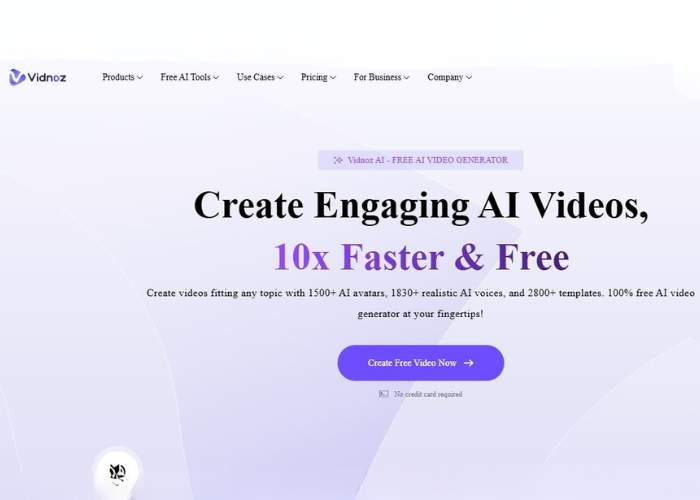
Best for: the most hands-on free trial of URL→video before you pay.
Core features: Vidnoz explicitly markets a Free AI URL to Video Generator: paste a link, get a draft video in minutes. Their docs and how-to posts also cover blog/article/URL conversion paths. Beyond links, Vidnoz has deep text-to-video, avatars, voices, and templates, with plenty of “how to convert X to video” workflows.
Use cases: Quick social recaps of landing pages, product pages turned into promos, blog-to-Reel explainers.
My take: Great “on-ramp” to see if URL→video fits your team. Just remember: reviewers and pricing notes indicate free likely includes a watermark, while paid plans unlock HD and usage rights—plan accordingly for client work.
2. Pictory
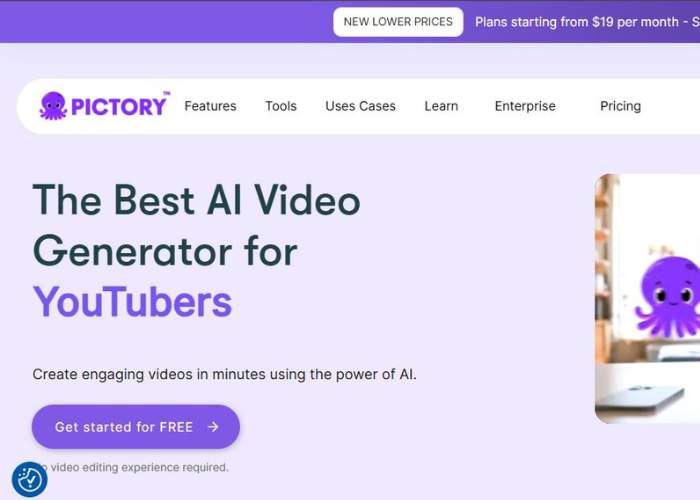
Best for: URL or article → clean explainer when words lead the way.
Core features: Pictory’s URL to Video is straightforward: paste the link, it extracts and structures content, drafts scenes, and lets you tweak voice, captions, and visuals. It’s built for repurposing blogs, product pages, and homepages into social-ready explainers. On watermarks: paid plans export clean files; free trials show branding.
Use cases: Thought-leadership clips from blog posts, product explainer cuts, LinkedIn educational shorts.
My take: Script-first folks love it. It’s opinionated in a helpful way, and it respects your edit. If you’re building a URL→video habit, this one’s easy to recommend.
3. FlexClip
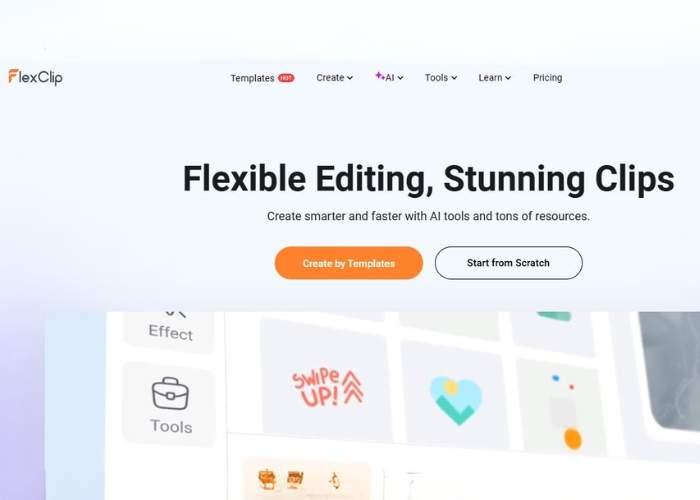
Best for: paste a URL, get a video—and beginner-friendly editing.
Core features: FlexClip offers AI Blog/Article/URL to Video: paste a page URL, it analyzes and drafts a video; they document the workflow in multiple help articles and even a Chrome extension. Their paid plans export 1080p with no watermark. Bonus tools include AI dubbing and a basic lip-syncing maker.
Use cases: Blog summaries for Shorts, quick product promos from URLs, multilingual variants with AI dubbing.
My take: Probably the gentlest learning curve for URL→video. If you’re new and want a clean export path, this hits the sweet spot.
4. RetouchMe
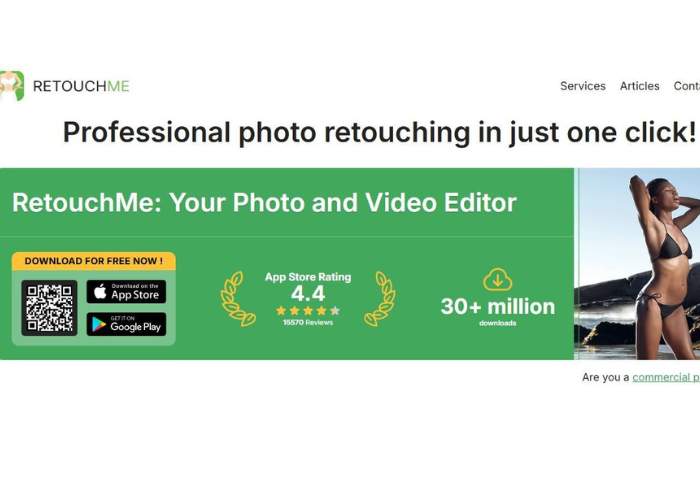
Best for: human-in-the-loop finishing after you generate from a URL elsewhere.
Core features: RetouchMe is a pro editing service: you upload footage, human editors (DaVinci/Adobe pros) do the polish. Not a prompt-to-video engine—but a realistic last mile when your URL-generated draft needs color, timing, reframing, or cosmetic fixes.
Use cases: Client deliverables that need manual finesse; cleaning up brand videos you auto-generated from a link.
My take: Slightly sideways, yet useful: AI gets you to 90%; humans land the plane.
5. Vyond
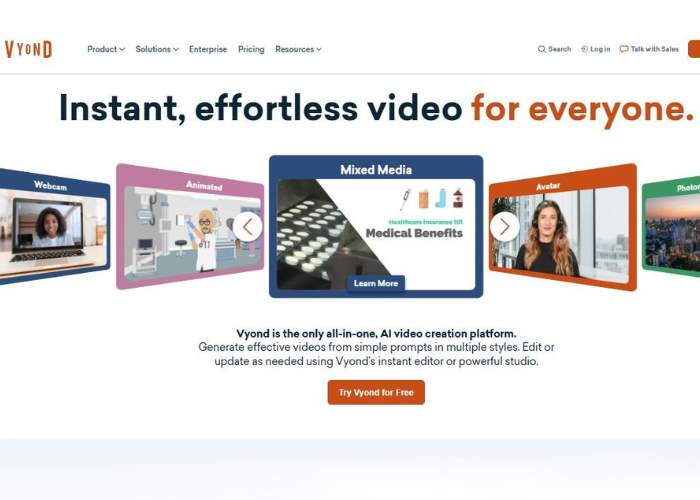
Best for: business-grade URL/Document → branded animation at scale.
Core features: Vyond Go supports URL to Video and Document to Video (DOC/PPT/PDF). Paste a link or upload a doc, get an editable first cut, then refine inside Go or send to Vyond Studio for deep customization. Designed for teams: governance, styles, templates.
Use cases: Training, onboarding, product walkthroughs—anywhere repeatable, on-brand outputs matter.
My take: The “grown-up” choice. You trade a little spontaneity for scale, consistency, and collaboration.
6. Hoox
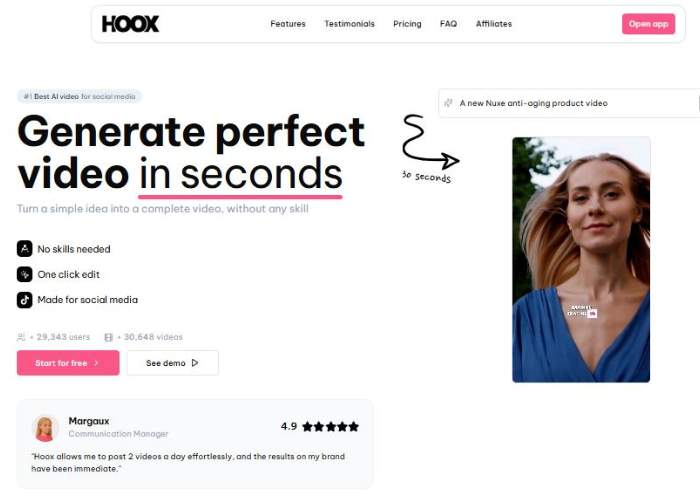
Best for: fast, social-ready auto-edits (idea → script → video in seconds).
Core features: Hoox pitches “3 clicks” to a finished video; an AI agent handles script, visuals, and edit, designed around viral patterns. Demos and tool listings spotlight speed for creators and marketers.
Use cases: Trend-friendly shorts from a few bullets or summaries of link content you paste in as text.
My take: Great for volume. I still tweak scripts for brand voice, but the time savings are real.
7. MyEdit
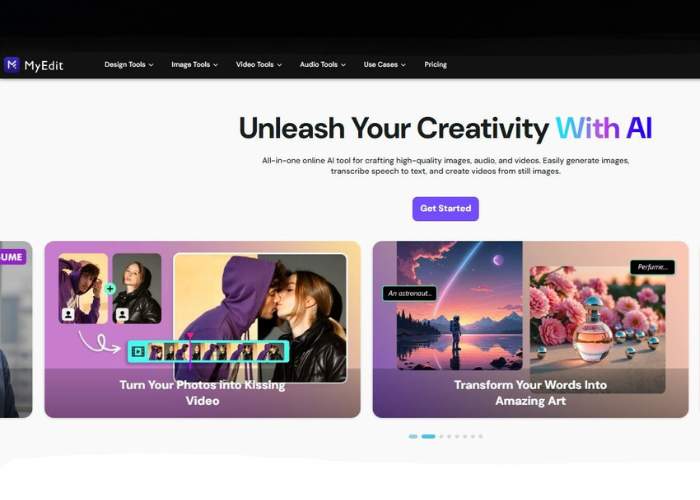
Best for: asset prep (transcribe/clean/voice) around a URL-to-video workflow.
Core features: MyEdit (CyberLink) focuses on text-to-video, speech-to-text, and online cleanup; CyberLink’s ecosystem documents voice/translation and dubbing paths, which pair well when you import text from URLs and then generate narration.
Use cases: Convert URL text to VO, clean audio, and assemble a tidy explainer using other editors if needed.
My take: It’s the utility belt—not a flashy URL→video button, but handy for the pieces you’ll stitch together.
8. Funy AI
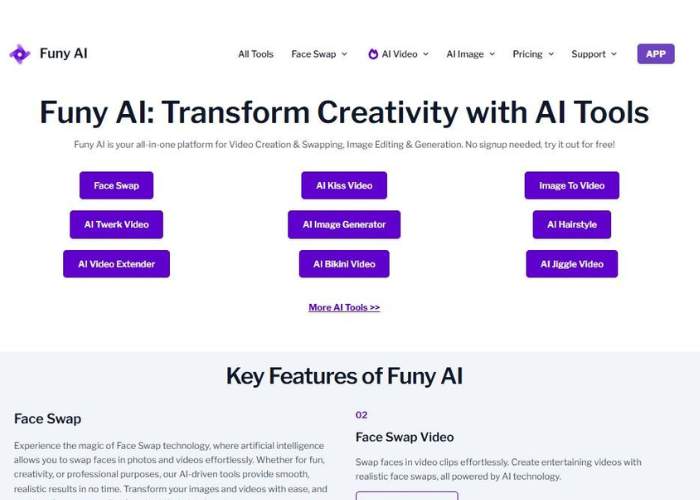
Best for: quick image-to-video/face-swap bits to spice up URL-based explainers.
Core features: Funy AI offers video creation & swapping, image-to-video, and other playful tools with a low-friction “try it free” vibe—great for grabbing a thumb-stopping opener before your main URL-based narrative.
Use cases: Hook intros, meme-ish cutaways, experimental formats.
My take: Not a corporate suite; very useful for the “attention spark” moment.
9. Veed IO
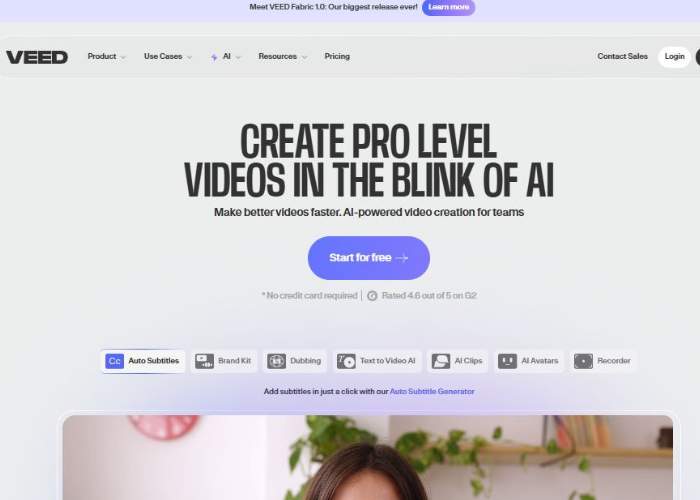
Best for: blog-to-video + full editor in one place.
Core features: VEED offers Blog-to-Video, Text-to-Video, avatars, auto-subtitles, dubbing/translation, voice cloning, and even a “URL to video” importer when you need to pull linked media into the editor. Paid plans remove the VEED watermark on export.
Use cases: URL-inspired explainers where you want stronger timeline control and captioning polish.
My take: A fantastic all-rounder; my default pick for teams that want both AI generation and real editing headroom.
10. BasedLabs
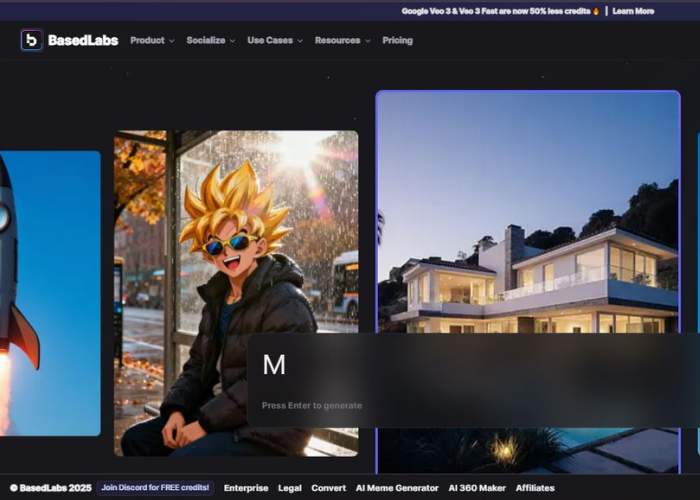
Best for: a one-tab creative lab with translation, subtitles, and resizing.
Core features: BasedLabs’ editor emphasizes AI-powered subtitles and real-time translation, plus one-click resizing for platforms. Their AI Translator app handles text/audio/video, which plays nicely when you’re localizing videos built from URLs.
Use cases: Quick global variants of your link-based explainers; platform-specific batches.
My take: Lightweight, flexible, and a good companion to more structured URL→video tools.
11. Simplified
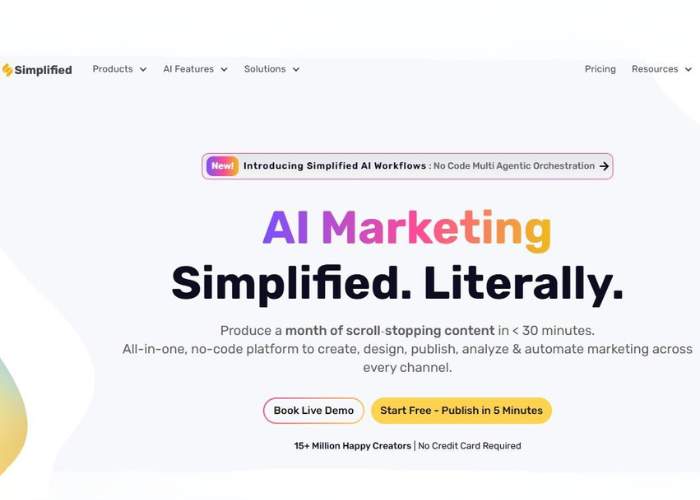
Best for: Link-to-Video inside a broader marketing suite.
Core features: Simplified has a dedicated Link to Video tool (“convert your link to video”) and documents a subtitle translator plus other AI video utilities (script-to-video, voice cloning). If your social/design stack lives in Simplified already, keeping URL→video “in house” is efficient.
Use cases: Product URL → ad creatives, blog URL → short explainer, quick subtitle translations.
My take: Not the deepest editor, but extremely convenient for marketing teams working in one suite.
Conclusion & recommendations
If you want my short list for URL→video with minimal fuss and watermark-free final files:
- FlexClip — Best beginner URL→video. Paste a link, generate, and (on paid plan) export 1080p without watermark. The help docs, tools page, and even a Chrome extension all back up the link-based pipeline.
- Pictory — Best script-first URL→video. Clean extraction from URLs, tidy scene drafting, solid captioning; paid plans remove watermarks. Great for repurposing blogs and product pages into explainers.
- Vyond — Best for teams and governance. URL/Document to Video plus Studio depth for brand-consistent animations at scale. Ideal when you need repeatable, on-brand deliverables.
Honorable mentions: Veed IO if you want a strong editor and blog-to-video in one; Vidnoz as a generous, free on-ramp to test URL→video fast (just confirm watermark policy before you ship).
Make once, adapt many. A good URL-to-video flow turns a single page into a week of content—clean captions, clear voice, and, when it counts, no watermark on the final export.
